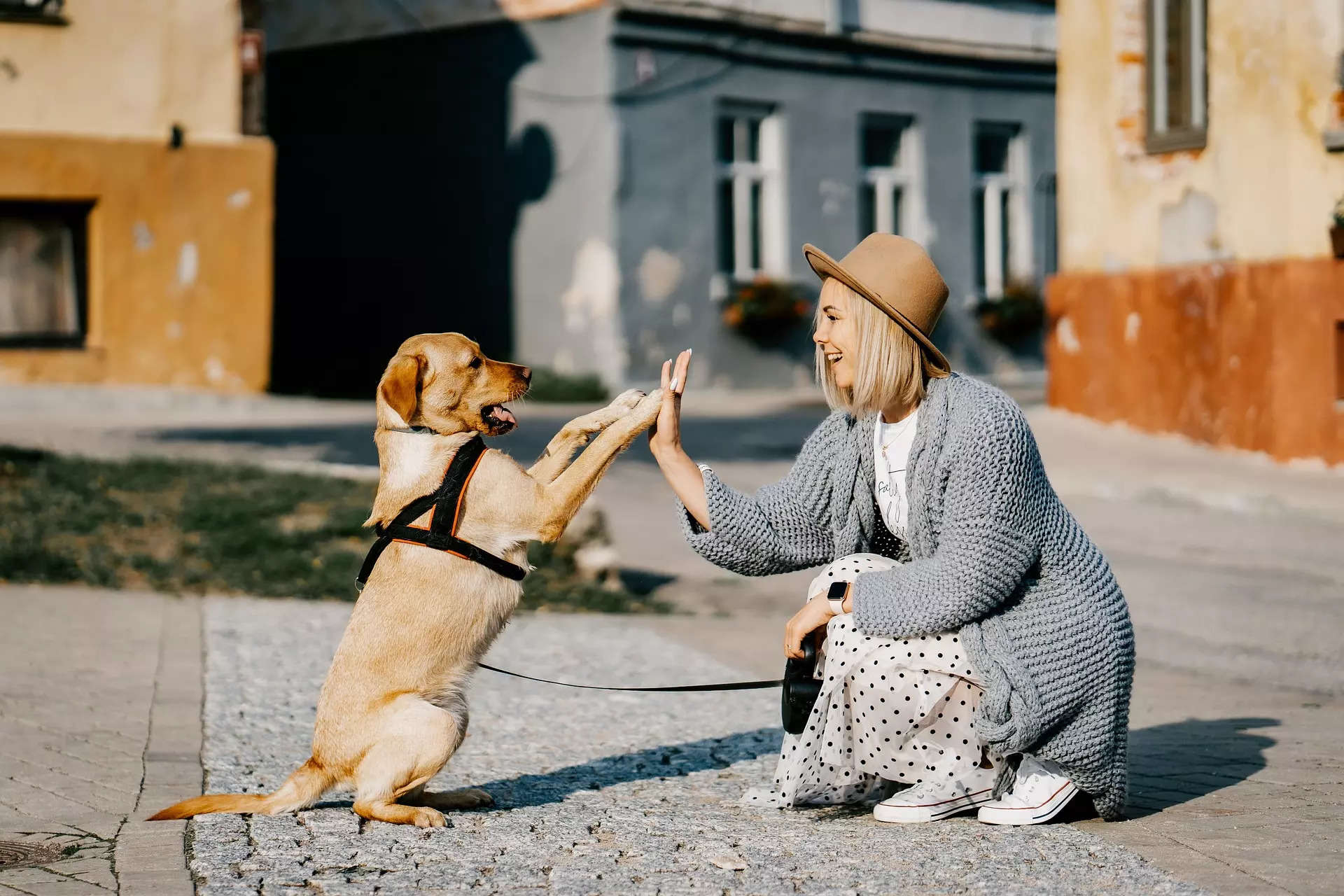Senior Dog Care: Essential Tips To Keep Your Older Dog Healthy & Happy

As your dog grows older, their needs change, and caring for them requires special attention to ensure they remain healthy, comfortable, and happy in their golden years. Senior dogs, like elderly humans, may experience health issues, reduced energy levels, and joint problems. However, with the right care, senior dogs can continue to lead fulfilling lives. This guide offers practical advice on how to care for your senior dog, from adjusting their diet and exercise routine to regular vet check-ups and maintaining their mental stimulation.
1. Understanding When Your Dog Is Considered Senior
Dogs are generally considered "senior" once they reach the last third of their life expectancy. This age can vary depending on the breed and size of the dog. Larger breeds, such as Great Danes, tend to age faster and may be considered senior around 6 or 7 years old. Smaller breeds, like Chihuahuas, might not be considered senior until they’re around 10 or 11. Recognising when your dog enters this stage of life will help you make necessary adjustments to their care.
2. Dietary Adjustments For Senior Dogs
As dogs age, their metabolism slows down, and they may not need as many calories as they once did. Senior dogs often benefit from a diet that is low in fat but high in fibre to aid digestion. Specialised senior dog food is available, offering the right balance of nutrients to support joint health, maintain muscle mass, and promote a healthy weight.
- Monitor their weight: Obesity is common in older dogs and can worsen joint problems or cause additional health issues like diabetes. Regularly monitor your dog's weight and adjust portion sizes as needed.
- Include supplements: Talk to your vet about adding supplements such as glucosamine and chondroitin for joint support, and omega-3 fatty acids to maintain a healthy coat and reduce inflammation.
3. Exercise: Keeping Your Senior Dog Active
While senior dogs may not have the same energy levels as their younger counterparts, it’s important to keep them active to prevent muscle loss and maintain their mobility. Adjust the intensity and duration of exercise to suit their needs.
While senior dogs may not have the same energy levels as their younger counterparts, it’s important to keep them active to prevent muscle loss and maintain their mobility. Adjust the intensity and duration of exercise to suit their needs.
- Short, gentle walks: Frequent but shorter walks can help prevent stiffness and improve circulation.
As your dog ages, they may become more susceptible to health problems like arthritis, heart disease, and dental issues. Regular vet check-ups become even more crucial to catch any signs of illness early.
- Vet visits: Schedule vet appointments at least twice a year to monitor your dog’s overall health. Blood tests, dental checks, and physical examinations will help detect any problems before they become serious.
5. Comfortable Living Arrangements
Older dogs often experience joint pain and decreased mobility, so it’s essential to make their living environment as comfortable as possible.
Older dogs often experience joint pain and decreased mobility, so it’s essential to make their living environment as comfortable as possible.
- Supportive bedding: Provide a soft, orthopaedic bed to cushion their joints. Heated beds can also help ease arthritis pain in colder months.
- Ramps and steps: If your dog struggles to climb stairs or jump onto the sofa, consider installing ramps or steps to help them move around more easily.
Senior dogs thrive on routine, which provides them with a sense of security. Any sudden changes in their daily routine can cause anxiety or confusion, so it’s best to keep feeding, walking, and bedtime schedules consistent.
- Mental stimulation: Engaging your dog in activities they enjoy, such as short training sessions or interactive toys, can help keep their mind sharp.
- Gentle grooming: Regular grooming not only keeps your senior dog looking their best but also gives you an opportunity to check for any lumps, bumps, or skin issues.
Never underestimate the power of love and companionship. Senior dogs may require more rest, but they still crave affection and attention. Make time for gentle play, cuddles, and reassurance, especially if they’re dealing with health issues that affect their mood or energy levels. This bond is vital for their emotional well-being.
Caring for a senior dog requires patience, compassion, and attention to their changing needs. With the right diet, regular exercise, routine vet check-ups, and a comfortable environment, your dog can continue to enjoy a high quality of life. Remember, older dogs have given us years of loyalty and companionship; now it’s our turn to return that love by ensuring their later years are as happy and healthy as possible.
Next Story
READ ON APP